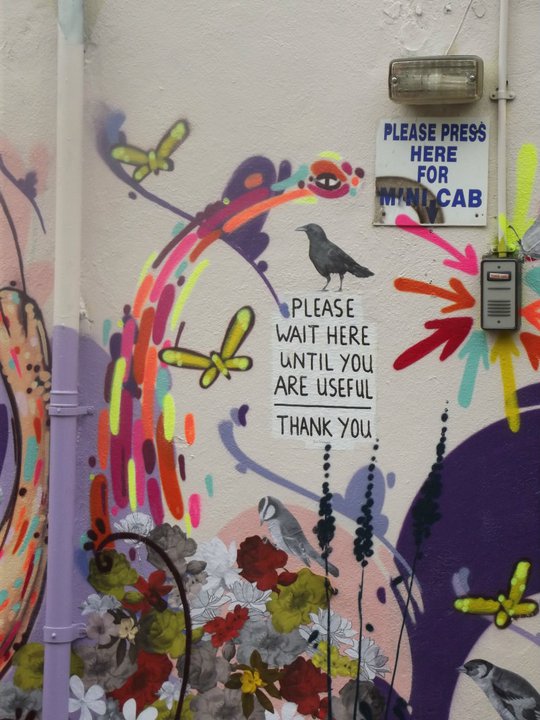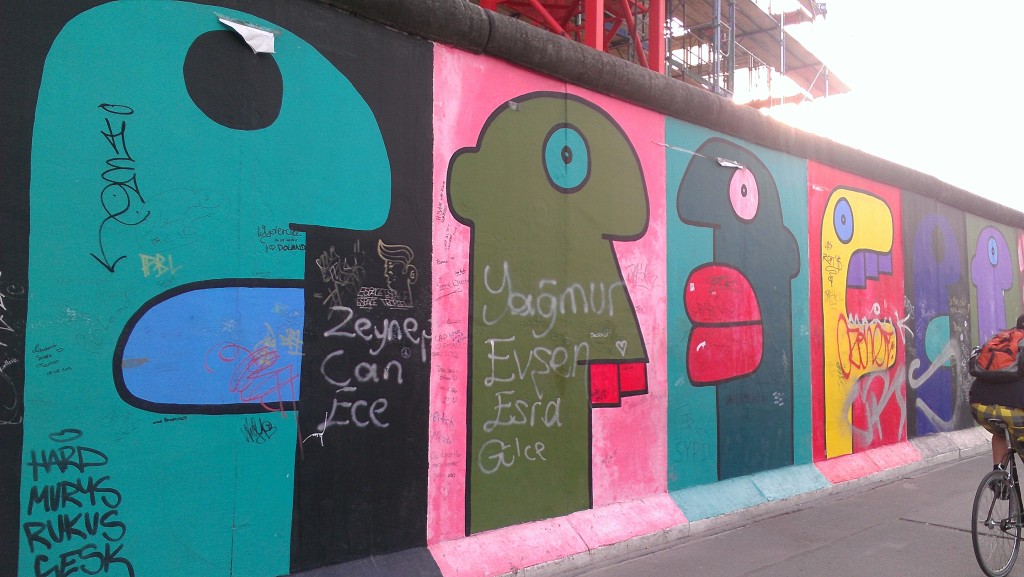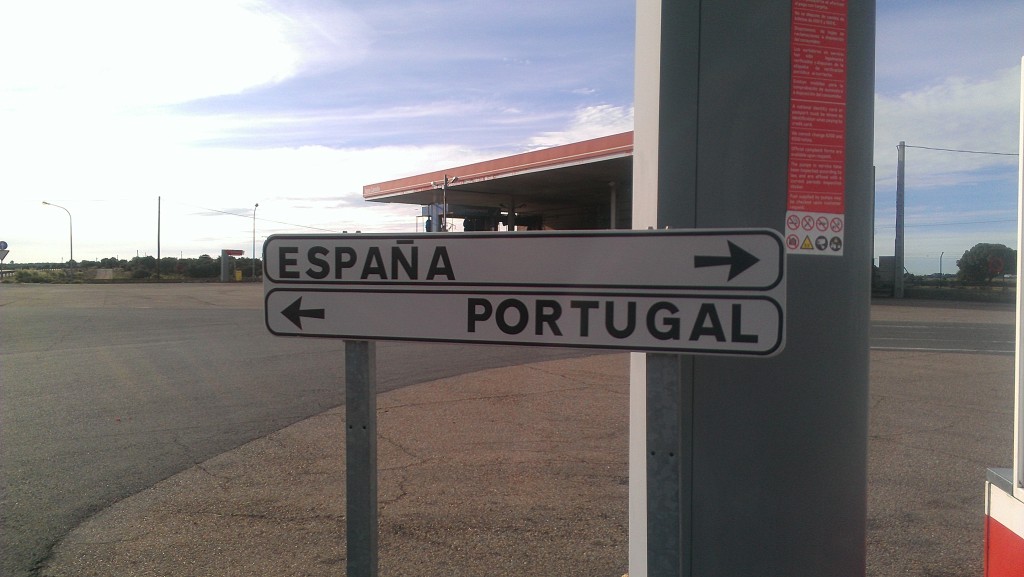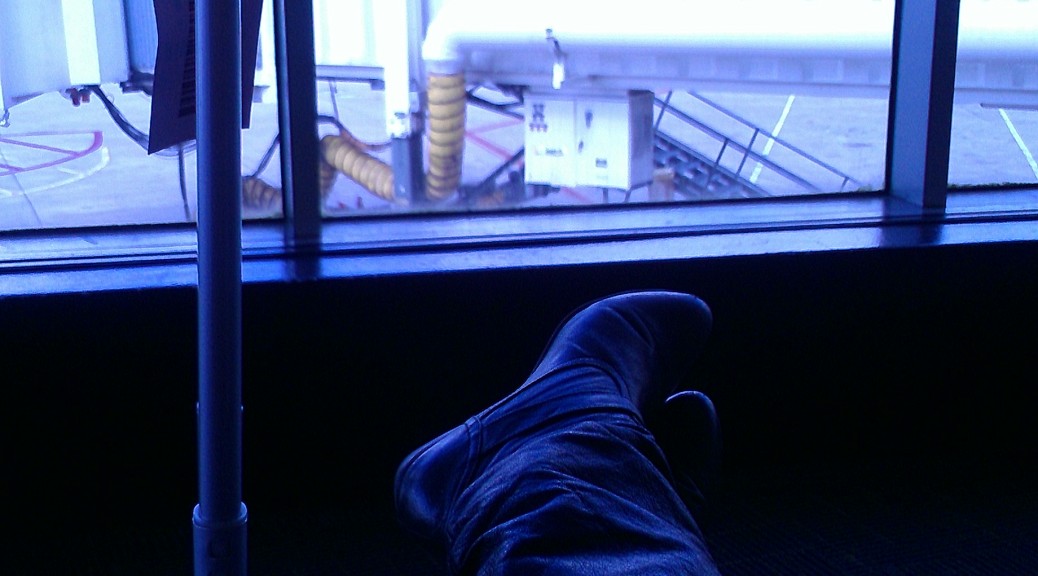You ever been on a train that’s just moments away from pulling into your destination, so you get up from your seat, start gathering your things and begin moving towards the nearest exit. Then, suddenly you realize that the train doesn’t seem to be slowing down enough to make a stop. Slowly it dawns on you that the train isn’t slowing down, because it’s not going to stop. And as the train ever so slowly rolls past your destination station, and you stand dumbstruck in the middle of the aisle – your rolling bag clutched in one hand, your jacket draped over your other arm – your eyes and mouth widen while you watch your intended place fade away in the distance and you wonder to yourself,
What the f*ck just happened?
And then,
Where the f*ck am I headed to now?

No? Never happened to you? Oh.
Well…
You ever been on a train seated next to an old Spanish man, who, after almost refusing to move out of your assigned seat when you boarded, later lets out the mother of all silent-but-deadly farts that wakes you and the other guy in the seat across from you out of your naps, prompts a coughing fit from the passenger seated 3 rows back, gives you a (literal) taste of what the old man had for lunch and what medications he’s currently taking, and makes you wonder exactly how to say ‘Sir! Do not move another inch. Clap your cheeks down on that foul stench immediately!’ in Spanish without being misunderstood?

Yeah. Happened to me once. Never happened to you?
Well, then…
You ever been on a train with a silent car? A silent car that you specifically booked a seat in because things like loud talking, small children, and cell phone usage are strictly prohibited? A silent car that you’ve been dying to park yourself in so you can rest your hot, hungover head against the cool, cool window and snooze a bit on the way back to your little town after a long weekend of the most turnt-up of turn-ups (aka, Carnaval in Cadiz)? A silent car whose silence is being disturbed by, of all things, a nun…talking…on a cell phone? At first, you feel a little bad at getting angry at a nun. Is that even allowed? But then all those Catholic school punishments come back to you and you think to yourself, “Oh, hell naw, Sister Mary. The rules apply to you too.” But instead of saying anything, you simply scowl in her direction and not-so-subtly snap a picture of her with your phone hoping that the power of shame will compel her.

Still no? Damn, you should get out more.
Or… maybe I should stay put more.
But, it’s hard to stay put when I have this amazingly efficient and wide-reaching network of sleek chariots on iron rails to take me almost anywhere I can think of going in this country. As an American, I am not used to this type of convenience. Our national rail system is more of a quaint remnant of history than a currently viable utility. And the price of using the rail system in Spain is more than favorable. I often make use of Renfe’s SpainPass, a volume discount-type train ticket that’s only available to non-Spaniards. SpainPass allows you to take 4 or more medium- or long-distance train trips in a month for 40 euro or less per trip. Once I realized that with the money I make off of just a handful of private English lessons (link), I can afford to travel to 2 new cities each month, I was hooked. I’ve heard that Renfe has some pretty good student discounts, too. But, sadly (or gladly?), I aged out of those a long time ago. Even without discounts, many of the regular-price Renfe tickets are still in the 40 euro or less range, depending on the day and route of travel.
Of course there are so many other benefits to Spain train travel besides price. Trains offer:
-
More comfort and speed than a bus, and much less hassle than a plane
-
Less of the security hassle than at airports
-
Larger seats / more room
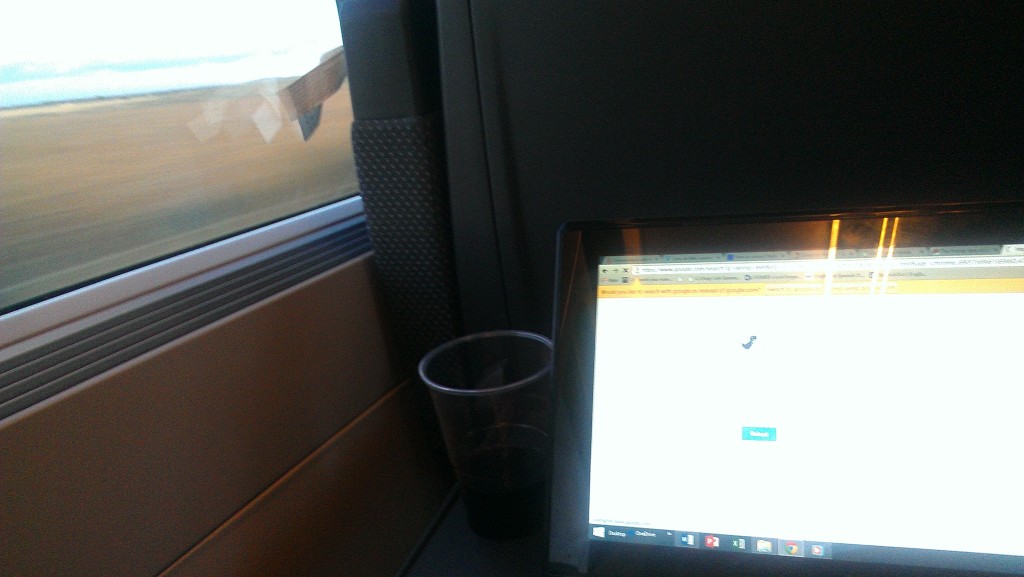
-
No luggage restrictions
-
The chance to see the country and the geography up-close while on the move

-
Free onboard entertainment (in the form of smelly old men, chatty nuns or in-transit movies)
So, Dear Reader, I encourage you to get out there more. Find a destination, buy a ticket, hop a train, and have an adventure.
Just remember to:
- Always have your phone ready to snap a pic of a naughty nun
- Always bring nose plugs or air spray in case of an unexpected abuelo ass-ault
- Always know exactly where your train will be stopping, so you won’t inadvertently end up in Madrid having to buy another train ticket to get back to your intended destination.




